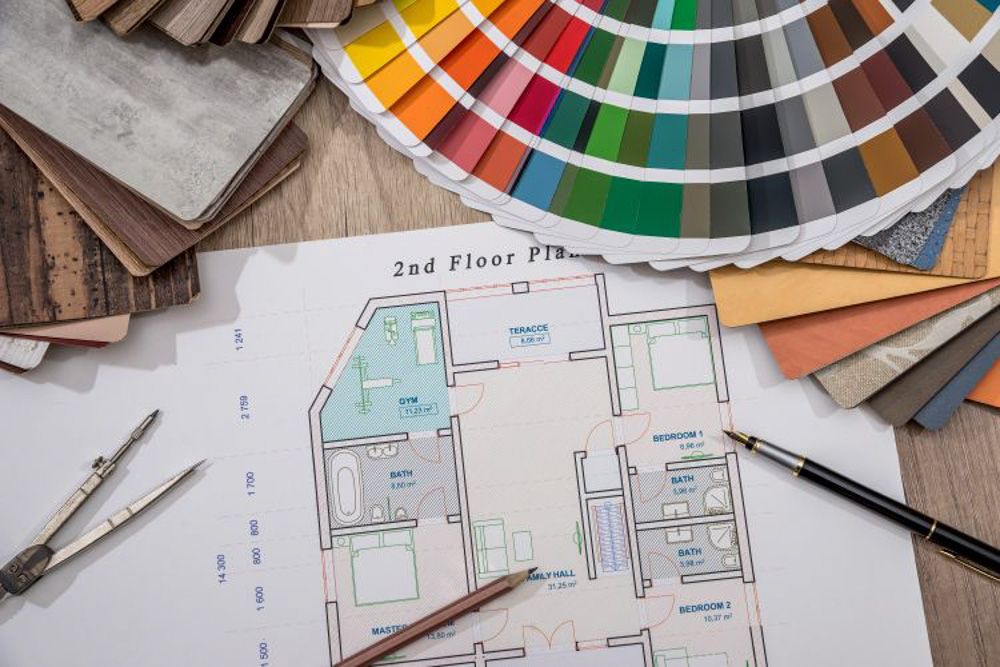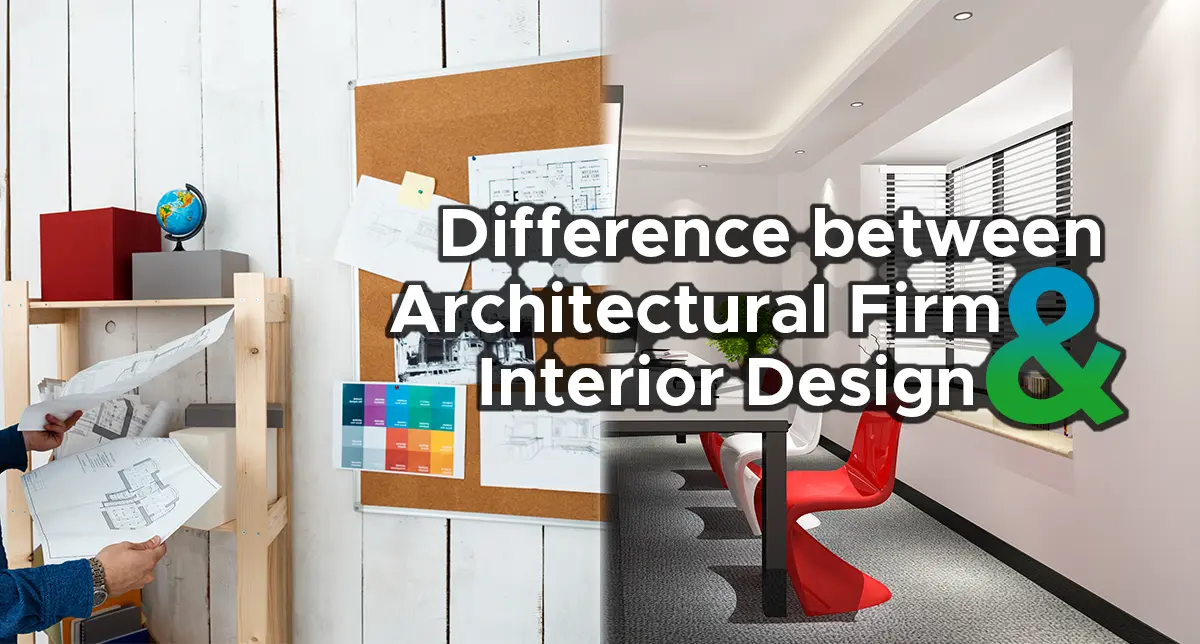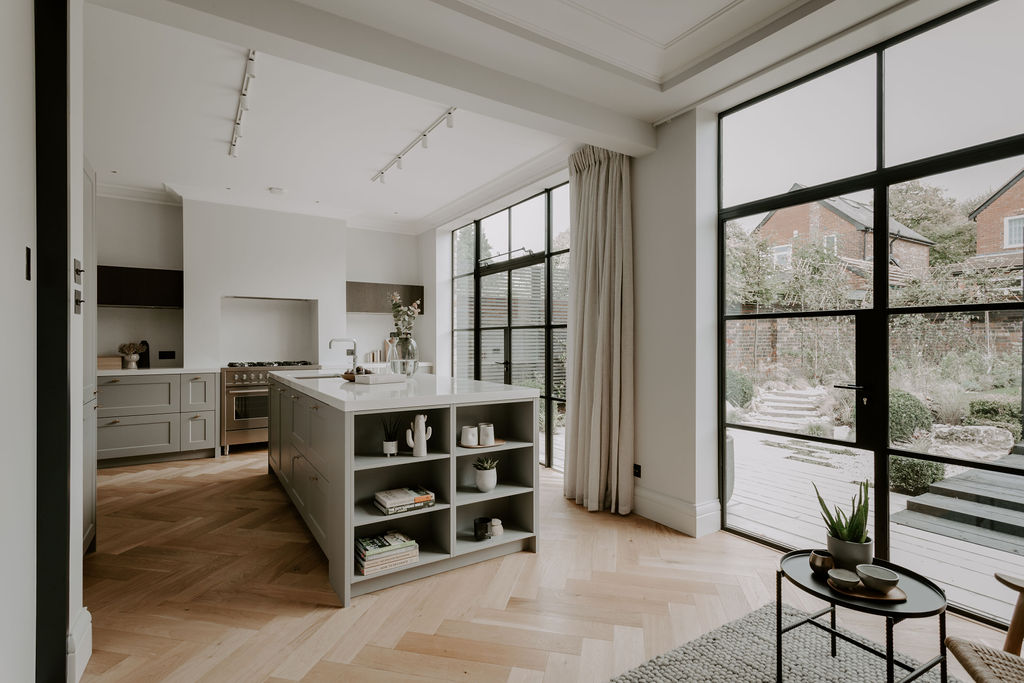Transform Your Space with the Best Interior Styling Near Me
The Art of Balance: Just How Interior Design and Home Architect Collaborate for Stunning Outcomes
In the world of home layout, striking an equilibrium in between visual appeals and functionality is no little feat. This fragile equilibrium is accomplished through the harmonious cooperation in between interior designers and designers, each bringing their distinct know-how to the table. Keep with us as we check out the complexities of this collaborative procedure and its transformative effect on home style.
Understanding the Core Distinctions In Between Interior Decoration and Home Style
While both Interior Design and home architecture play important duties in developing visually pleasing and functional rooms, they are inherently different disciplines. Home style mostly concentrates on the architectural elements of the home, such as building codes, safety and security regulations, and the physical construction of the area. It handles the 'bones' of the structure, dealing with spatial dimensions, load-bearing wall surfaces, and roofing system designs. On the other hand, Interior Design is a lot more concerned with improving the visual and sensory experience within that framework. It involves choose and setting up furnishings, selecting color pattern, and incorporating attractive elements. While they operate in tandem, their roles, obligations, and locations of know-how diverge dramatically in the development of an unified home environment.
The Harmony In Between Home Architecture and Interior Layout
The harmony between home architecture and Interior Design hinges on a common vision of layout and the enhancement of practical appearances. When these two fields line up harmoniously, they can change a home from common to amazing. This cooperation needs a much deeper understanding of each technique's concepts and the ability to produce a natural, visually pleasing setting.
Unifying Layout Vision
Linking the vision for home style and Interior Design can create a harmonious home that is both useful and cosmetically pleasing. The balance starts with an integrated mindset; engineers and indoor designers work together, each bringing their expertise. This unison of concepts creates the layout vision, a blueprint that overviews the project. This common vision is essential for consistency throughout the home, ensuring a fluid shift from outside design to indoor rooms. It advertises a collaborating strategy where architectural components complement Interior Design parts and vice versa. The outcome is a natural space that shows the property owner's individuality, taste, and lifestyle. Thus, unifying the layout vision is critical in mixing design and Interior Design for magnificent results.
Enhancing Functional Looks
Exactly how does the harmony between home design and Interior Design improve useful aesthetic appeals? This synergy makes it possible for the development of rooms that are not only visually enticing but likewise easily usable. Designers lay the foundation with their structural design, guaranteeing that the room is effective and sensible. The indoor designer then matches this with meticulously chosen components that enhance the aesthetic appeals without endangering the performance. This unified cooperation can cause homes that are both stunning and liveable. For example, an engineer might design a home with high ceilings and large windows. The indoor developer can after that emphasize these attributes with high plants and large drapes, specifically, therefore boosting the visual charm while keeping the sensible advantages of all-natural light and spaciousness.
Relevance of Cooperation in Creating Balanced Spaces
The partnership between indoor designers and engineers is critical in developing balanced spaces. It brings harmony between layout and architecture, giving birth to rooms that are not only visually pleasing yet additionally useful. Checking out effective collaborative strategies can provide understandings into exactly how this synergy can be successfully achieved.
Harmonizing Style and Architecture
Equilibrium, a vital aspect of both Interior Design and design, can only genuinely be achieved when these 2 fields work in consistency. This harmony is not merely a visual factor to consider; it impacts the capability, sturdiness, and inevitably, the livability of a space. Interior engineers and developers should comprehend each various other's roles, appreciate their competence, and interact properly. They must think about the interaction of architectural components with decor, the her latest blog circulation of rooms, and the impact of light and color. This collaborative process leads to a natural, well balanced layout where every element has a purpose and adds to the total visual. For that reason, balancing design and design is not nearly developing gorgeous spaces, however regarding crafting rooms that work flawlessly for their inhabitants.
Successful Collaborative Approaches

Situation Studies: Successful Integration of Layout and Design
Examining numerous situation studies, it emerges how the successful assimilation of Interior Design and style can transform an area. The Glass Residence in Connecticut, renowned for its minimalistic elegance, is one such instance. Designer Philip Johnson and indoor designer Mies van der Rohe worked together to develop a harmonious equilibrium between the interior and the framework, resulting in a smooth circulation from the exterior landscape to the internal living quarters. Another prototype is the Fallingwater Residence in Pennsylvania. Architect Frank Lloyd Wright and interior developer Edgar Kaufmann Jr.'s collaborative initiatives lead to a strikingly unique home that mixes with its natural environments. These situation researches underline the profound effect of an effective design and design cooperation.

Conquering Challenges in Layout and Design Cooperation
In spite of the indisputable advantages of an effective cooperation in between indoor layout and design, it is not without its obstacles. Architects might focus on architectural honesty and safety, while designers concentrate on convenience try this website and design. Reliable interaction, common understanding, and concession are critical to overcome these challenges and attain a effective and unified partnership.

Future Patterns: The Developing Partnership Between Home Architects and Interior Designers
As the world of home layout remains to develop, so does the partnership between engineers and interior designers. The fad leans towards a much more collective and incorporated approach, breaking devoid of traditional functions. Engineers are no longer entirely concentrated on architectural integrity, but additionally take part in enhancing aesthetic allure - Winchester architect. Conversely, interior designers are accepting technological facets, influencing overall format and functionality. This advancing synergy is driven by advancements in innovation and the expanding demand for areas that are not only visually pleasing but lasting and additionally practical. The future promises a more cohesive, cutting-edge, and flexible strategy to home layout, as developers and designers continue to obscure the lines, promoting a connection that absolutely embodies the art of equilibrium.
Final thought
The art of balance in home design is attained with the harmonious collaboration in between interior designers and engineers. An understanding of each various other's disciplines, reliable interaction, and shared vision are crucial in producing visually spectacular, useful, and welcoming spaces. Regardless of difficulties, this partnership cultivates growth and technology in style. As the relationship in between home architects and indoor designers advances, it will remain to shape future fads, improving comfort, effectiveness, and personal expression in our space.
While both indoor design and home design play essential functions in creating visually pleasing and useful spaces, they are naturally different self-controls.The harmony between home design and indoor design lies in a common vision of design and the enhancement of practical aesthetic appeals.Unifying the vision for home design and indoor layout can create a harmonious living area that is both useful and aesthetically pleasing. Therefore, unifying the style vision is critical in blending design and interior design for sensational outcomes.
How does the synergy in between home style and indoor layout enhance functional looks? (Winchester architect)